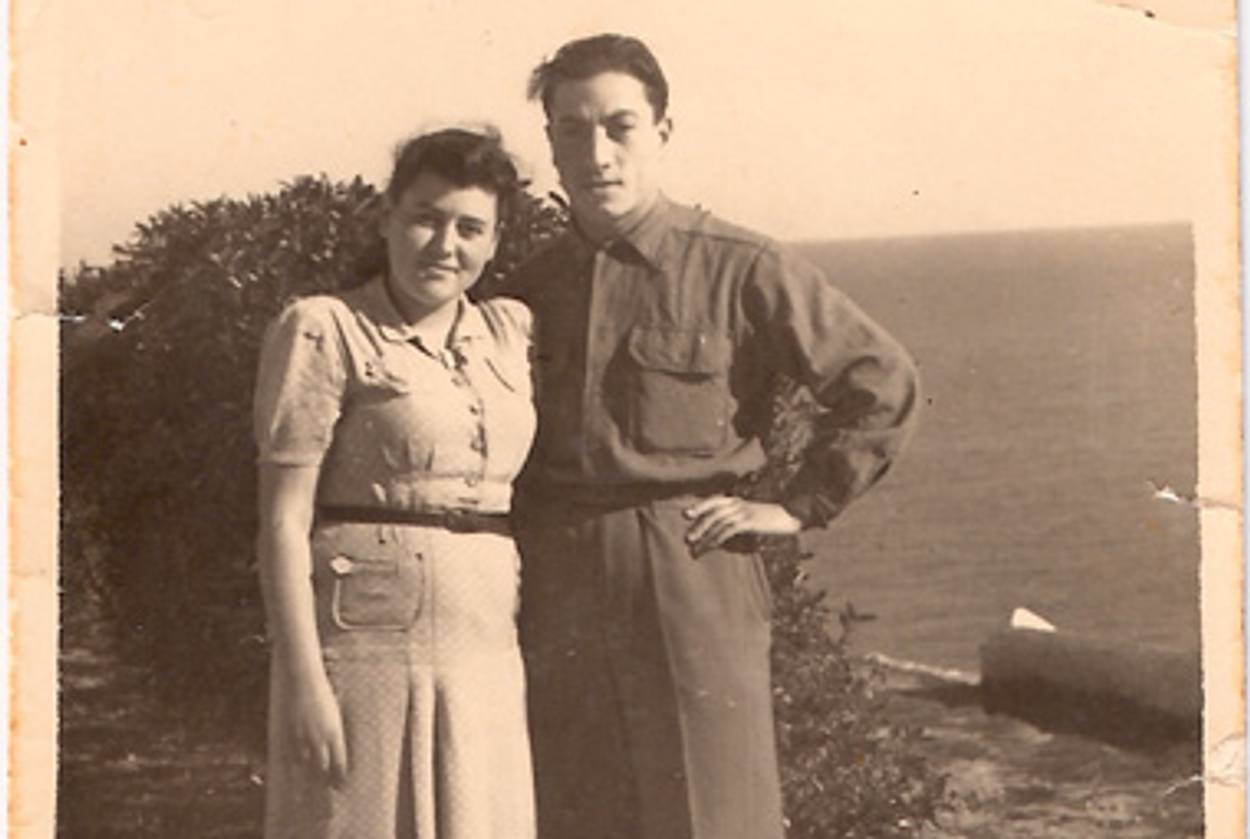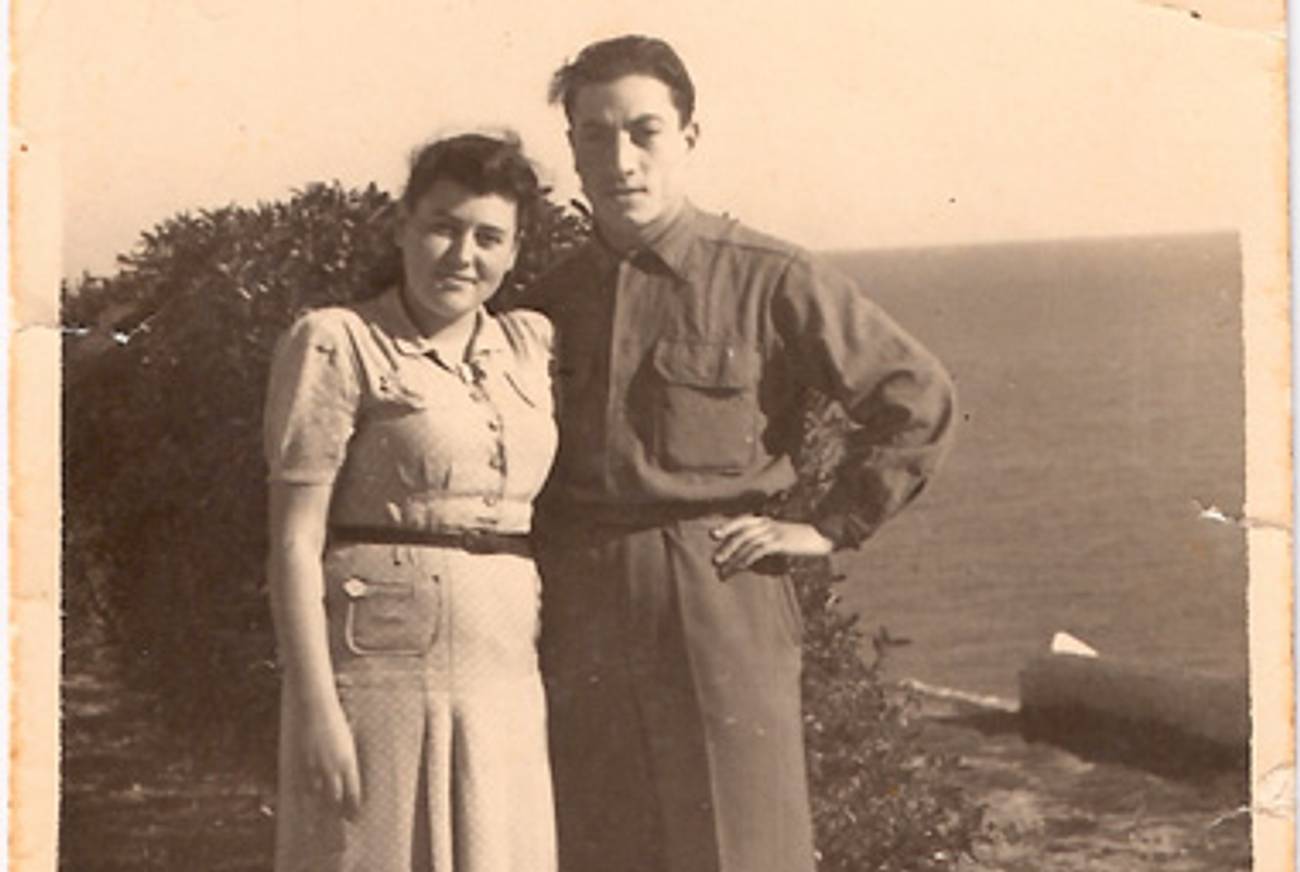Historic Shift
Like most Holocaust historians, Christopher Browning was wary of survivor testimony. Then, one case made him realize he could ignore it no longer.




Though it has long played a central role in the popular history of the Holocaust, survivor testimony has for decades been seen as marginal by Holocaust historians. The issue has preoccupied scholars since Raul Hilberg’s landmark 1961 book, The Destruction of the European Jews, in which he largely discounted the “usefulness” of survivor accounts.
Hilberg’s pioneering work established a methodological orthodoxy with regard to survivor testimony that was long adhered to by historians looking to establish a credible and unassailable historical record of Nazi crimes.
Christopher Browning was still operating within the boundaries Hilberg had set when he chose to focus on the slow brutalization of a single battalion of German soldiers in his pathbreaking 1992 book Ordinary Men: Reserve Police Battalion 101 and the Final Solution in Poland.
But, more recently, while studying a 1972 German court case that acquitted a Nazi police chief on all charges related to his role in the liquidation of a small Jewish ghetto in central Poland, Browning was outraged.
He was struck by the presiding judge’s chilling dismissal of some 100 eyewitness testimonies by the ghetto’s survivors who attested to the defendant’s memorable savagery. The judge dryly noted, “As a matter of principle … eyewitness testimony was ‘the most unreliable form of evidence’ with which the judicial process had to deal.” Compounding the insult was the fact that virtually no other documentary or evidentiary material existed in this case.
In his latest book, Remembering Survival: Inside a Nazi Slave Labor Camp, Browning offers a corrective—one that represents a shift away from the field’s long-held eschewal of survivor testimony. “The history of the Holocaust,” Browning has concluded, “cannot be written solely as either perpetrator history or history from above.”
Remember Survival offers an account woven out of 292 testimonies by survivors of the Starachowice slave labor camp, whose principal security officer, not coincidentally, was the same Nazi police chief exonerated in that 1972 decision by the German court.
In reflecting upon the 292, Browning remarks: “Among the survivors of the Starachowice camps, there is no Primo Levi or Elie Wiesel.” For the most part, these are ordinary survivors, some with limited verbal skills or disjointed narratives. But Browning is scrupulous in preserving the dignity and integrity, if not always endorsing the accuracy, of their accounts.
Complicating survivor testimony, Browning believes, are five discrete categories of memory, whose boundaries sometimes shift. The largest obstacle to their usefulness as judicial testimony is the tendency by some survivors to incorporate postwar Holocaust tropes into their personal narratives.
Thus, for example, although the historical record indicates that they were not subject to the usual selection process upon arriving in Auschwitz-Birkenau in July 1944, many of the Starachowice survivors vividly “recalled” a selection by Dr. Mengele, whose ubiquity and notoriety were largely nurtured in postwar Holocaust literature and film.
But Browning allows for “authenticity” as well as “factual accuracy” in the survivor testimony. He wisely notes that all evidence is problematic but rather than discarding evidentiary testimony wholesale the problems can be managed by a competent historian. In this case, he speculates that the survivors likely fused the memory of subsequent selections by SS officials, including Mengele, with their traumatic arrival at Auschwitz.
When I picked up Remembering Survival, my interest was not strictly academic. My late mother, Anna Perl Freilich, is among the 292 Starachowice testimonies, and I read the book closely, hunting for more pieces to the overwhelming and confusing jigsaw puzzle that had always constituted her wartime experiences. What I gleaned were not only more shards from a fractured story, but a vital context that endowed those fragments with new meaning.
Ironically, it is Hilberg whom Browning quotes in claiming that what he has attempted to do in this micro-history of the Starachowice factory slave labor camp is to “cast a bright light on a small stage,” and he has largely succeeded. Thrown into stark relief, in particular, are the internal dynamics of the camp and the moral matrix within which the survivors operated.
There were other camps that exploited Jewish labor vital to the German war effort, but the Starachowice labor camp was unusual in at least one respect, one that contributed to the relatively high survival rate of its inmates. Following the 1939 nationalization of the munitions factory on its site, the daily operation of Starachowice was conducted not by the SS, but by “bribable” civilian factory managers.
The Jewish slave laborers were the legal property of the SS, and the new German factory owners paid a per capita fee to the SS for their use. This afforded the SS a more limited day-to-day role in Starachowice than it had in other slave labor camps that used Jewish workers, notwithstanding the brutality of individual Nazis, who oversaw the camp’s security.
Starachowice’s atypical survival rate was rooted in another, more complex, circumstance. In its cynical attempt to “divide and control,” the Nazi administration that ran the security apparatus of the camp appointed a Jewish lagerrat, a parallel to the concentration camps’ infamous kapo system, placing “privileged” Jewish prisoners in charge of Starachowice’s internal affairs. The lagerrat was supplemented by a Jewish-administered lagerpolizei.
Starachowice’s corrupt and often cruel lagerrat and lagerpolizei were as morally controversial as the ghetto-based Judenräte, or Jewish councils, but they were also paradoxically instrumental in the relatively high survival rate of the Jewish slave labor force.
Though collectively reviled in the survivors’ testimonies for abetting German policies, some credited their own survival to crucial and inexplicable acts of mercy by individual members of the lagerpolizei.
My mother, for example, fell victim to the typhus epidemic that raged in Starachowice during the winter of 1942-43. Too weak to leave her bed to attend the mandatory prisoner roll call, she had resigned herself to the consequences.
But in a story that I heard over and over during my childhood, and that is recounted in Remembering Survival, it was one of the lagerpolizei, a landsman from her hometown of Szydlowiec, Szmul Szczesliwy, who burst into her barracks, rallied her to her feet, yanked on her clothes, helped her to the roll call, and insisted that other landsleit carry her to work. Those who remained behind were massacred in their beds.
As Browning notes, a member of the lagerrat, Rachmil Wolfowicz, was “detested” by many. But he is recalled by my uncle, the Yiddish journalist Joseph Friedenson—another Starachowice survivor interviewed by Browning—simply as a cousin by marriage whose mother’s privileged job in the camp kitchen enabled Friedenson, his wife Gitele and my mother (Gitele’s cousin) to receive occasional life-saving supplements to their near-starvation diets.
This web of idiosyncratic stories helps to reconstruct the tortured ethical universe that reigned in Starachowice, where the Jewish prisoners were continually presented with what Lawrence Langer referred to as a series of “choiceless choices” in their struggle to stay alive and where they established a makeshift moral code in the face of a heartless and single-minded enemy.
The interdependence of this battered community of slave laborers, many of whom were fortunate to be imprisoned with relatives or townsmen, is vividly portrayed. Tragically, as one survivor notes, “if you helped one person, it was usually at the expense of another.”
But Browning cautions against moralizing; what he emphasizes is that it was almost impossible to stay alive solely through one’s own agency. He credits, among other factors, the Starachowice slave laborers’ desperate commitment to the lives of those closest to them by blood or geography for their unusually high survival rate. It also provided a way for them to unwittingly thwart the Nazi plan for total Jewish annihilation.
In one of the book’s most gripping chapters, Browning describes the 1944 cattle-car ride from Starachowice to Auschwitz-Birkenau. When the doors were opened on arrival, a preponderance of the labor camp’s surviving lagerrat and lagerpolizei—all of whom were concentrated in the first car—were found dead in a heap.
Had they perished from the hardships and privations of the cattle-car ride, or were they the victims of revenge killings by their fellow prisoners? Though it’s impossible to be sure, Browning is convinced that it’s the latter.
If fellow prisoners had killed them, it was likely a group of Lublin survivors who had arrived at Starachowice rather late in the game. Geographic outliers at the bottom of the camp hierarchy, they had systematically been denied the advantages of the veteran Starachowice slave laborers, and they may have decided to settle a score. To his credit, Browning neither flinches in exploring this scenario nor offers facile moral judgments about this tragic possibility.
Now, some 40 years after the scandalous verdict of a German court, not only has Browning proved that survivor testimony is “useful” to Holocaust historiography but that it is vital. It also grants survivors a degree of justice that they have long been denied.
In a measure of the emotional resonance his book has had among Starachowice survivors, my uncle, Joseph Friedenson, remarks of Browning, “For someone who didn’t see the Nazis in action, he manages to capture the tragedy as if he were there; as if he were a witness, just like me.”
In his sensitive and careful use of In his sensitive and careful use of their testimonies, Browning has not simply made a sentimental concession to these ordinary survivors, he has enriched the historical record. Even as he reinforces the evidence of Nazi crimes, Browning provides a critical window into the daily life and mores of the Jewish prisoners. Like any good historian, he sifts through and weighs conflicting testimonies and carefully contextualizes them. Above all, he listens.
Toby Perl Freilich is a freelance filmmaker in New York and Jerusalem currently completing a documentary about Israel’s kibbutz movement.
Toby Perl Freilich’s most recent documentary isInventing Our Life: The Kibbutz Experiment. She is currently co-directing a film about the late U.S. Senator Daniel Patrick Moynihan.